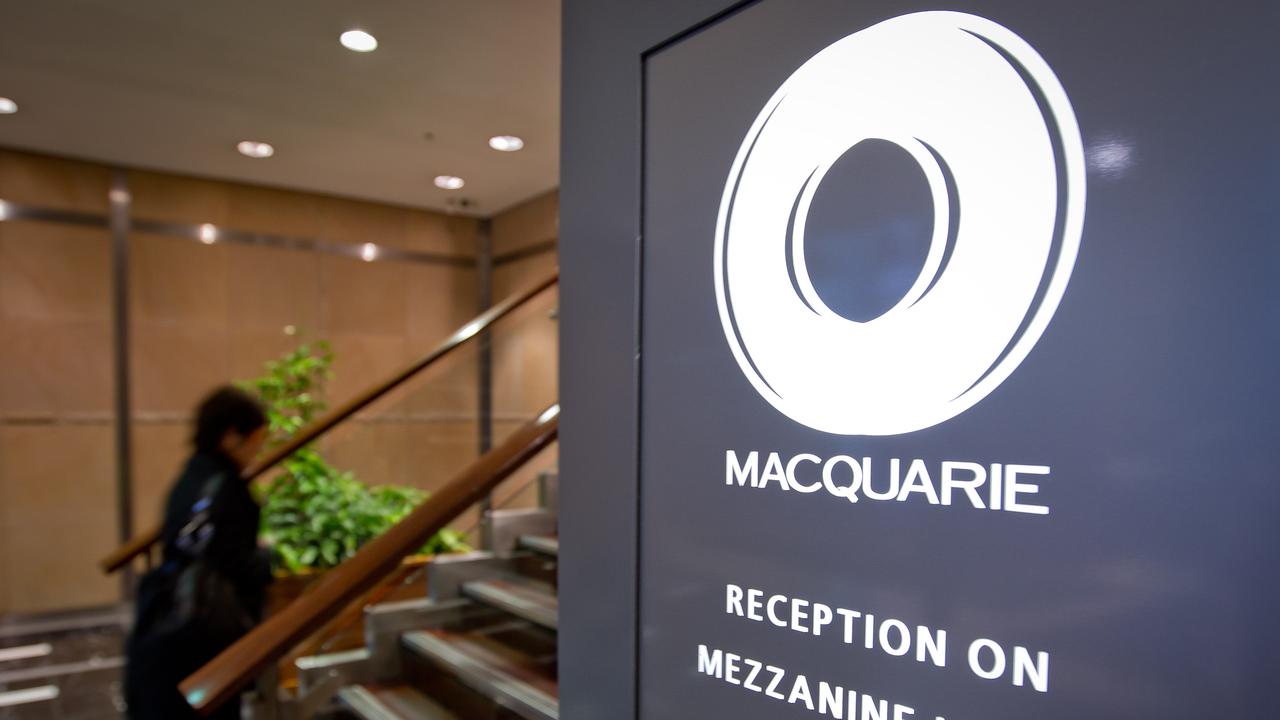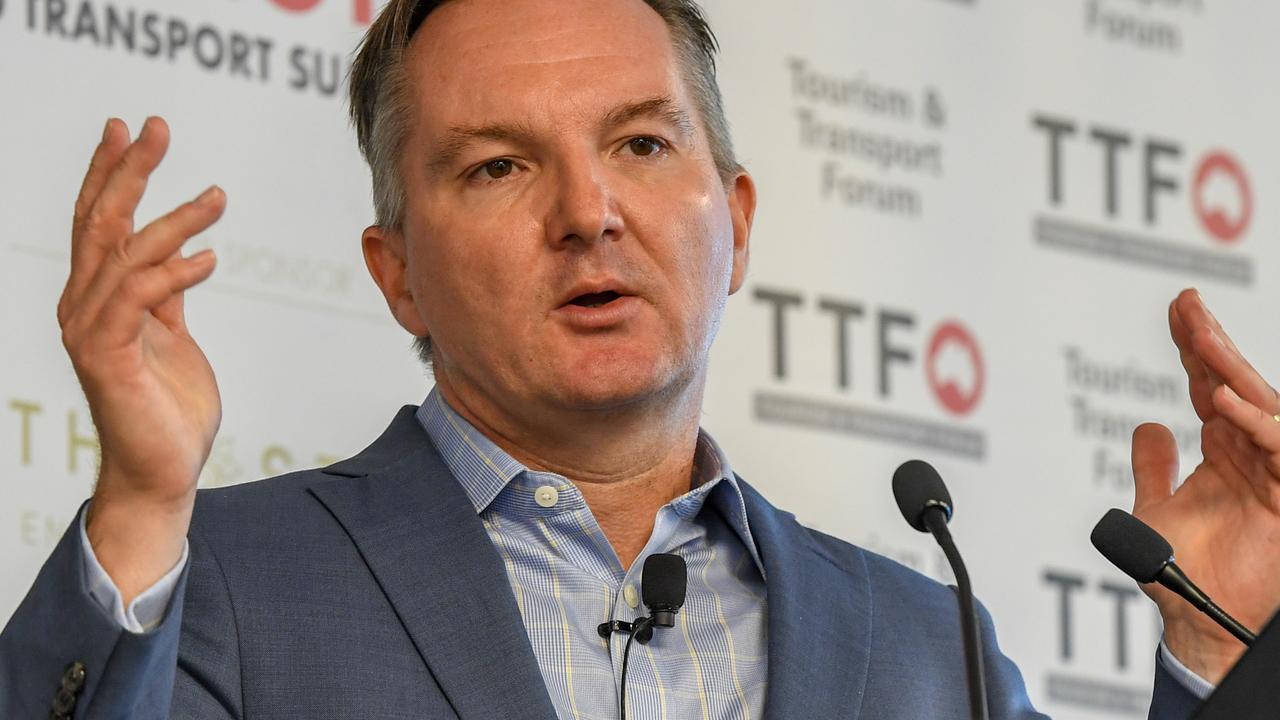
It’s one thing to read commentaries warning of what is ahead but another to see a minister use confidential information from independent power authorities and regulators to show the desperate state of affairs that is looming for the nation. And then Frydenberg went to the ALP and showed them the same material.
If opinion polls trends convert to voting patterns the ALP will be the next government and unless something is done now they will inherit total chaos. There are signs the ALP is putting the nation ahead of party politics and the need for green votes. Hopefully those signs will convert to actions.
The froth and bubble in the political debate is about everyone trying to estimate how far prices will fall and claiming that clean energy targets will solve the problems. While all these issues are important they are swamped by energy security and the desperate plight facing the nation of Australia.
I have been writing extensively on this issue and I will list a few of the headlines below but Frydenberg was, if anything, even more alarming than me --- and he was backed by the independent, highly qualified people.
His slide-backed presentation started by showing just how far electricity prices have risen but pointing out that the government’s action on gas had reduced prices from over 12GI to around 7GI. That will help power prices.
The fact that the gas stage of the plan has worked adds creditably to the next step.
Frydenberg divides electricity generation up into two parts — what he calls “dispatchable capacity” and “intermittent capacity”.
“Dispatchable capacity” is power that can be produced on demand and while it includes coal and gas it also includes hydro, pumped hydro, batteries and biomass.
“Intermittent capacity” is capacity that depends on weather and is led by wind and solar power.
Between 2012 and 2017 Australia has built 1,850MW of weather-linked “intermittent capacity” and only 150 MW of “dispatchable capacity”.
At the same time “dispatchable capacity” has been reduced with the closure of coal and gas fired power plants and the failure to maintain existing coal fired plants.
According to the Australian Energy Market Operator back in 2012-13 we had 20 per cent “reserve capacity”--- power generation capacity above maximum demand. Currently that’s down to 12 per cent and if the Liddell power station is shut there will be a big shortfall. We therefore face the clear certainty of frequent and long blackouts in all our cities if we do not invest in “dispatchable capacity”.
The popular media says that any increase in “dispatchable capacity” means additional or better maintained coal capacity. That may be true but it does not have to be, because gas, hydro, pumped hydro, batteries and biomass are all classified as “dispatchable capacity”.
Most of our states plus the federal ALP have discovered there are votes in key seats if you announce a renewable energy target.
Victoria’s target at 40 per cent renewables by 2025 is four times the existing level of renewable generation; Queensland’s target is 50 per cent by 2030 or about 10 times the existing level. NSW does not have a renewable energy target but like Victoria is “plonking” solar and wind installations around the state without any understanding that you must have a major content of “dispatchable capacity”.
Remember if the investment in renewables is in “dispatchable capacity” it prevents blackouts, but such investment is more costly and does not grab the same green vote-winning headlines.
What makes South Australia different to the other states is that they have actually undertaken the sort of program other states are planning so we know what is ahead for the rest of the nation. It’s true last February South Australia was a bit unlucky in that power lines were blown down and an interconnector with Victoria failed but the long blackouts were always the most likely outcome of their actions. (They are now investing in “dispatchable capacity” because they learned the lesson the hard way.)
Frydenberg uses South Australia to show what is going to happen to NSW, Victoria and Queensland if they follow their current path. This SA graph shows the share of intermittent power generation between February 6 and February 8 (wind and solar), which falls from 91 per cent to 3 per cent.
NSW got a taste of what was ahead on February 10, 2017 but tactfully Frydenberg did not mention it because the NSW government is from the Coalition and not the ALP.
The NSW system on February 10 had 2080MW in renewable capacity, excluding the Snowy, but only generated 707MW from that capacity at the peak demand time because the wind did not blow and at 5pm the sun had lost power.
And the failure to maintain old NSW coal power plants caused the coal generation to fall 3000MW below capacity. Victoria saved NSW but Victoria is now in a deeper mess as it ploughs on with crazy installations of “intermittent capacity” that will not generate if the weather conditions are unfavourable.
I can’t think of any country in the world that would be so stupid and do what Australia is doing.
We only have one hope --- a plan which has been responsibly prepared by the government of the day. We have to hope it triggers investment in “dispatchable capacity” as well as lowering prices.
All politicians, whether they are in federal or state parliaments, should remember the recent words of the opposition spokesman for infrastructure, Anthony Albanese.
Writing in The Australianand talking about politicians he said: “We must secure outcomes in the national interest … this requires a greater focus on real, practical solutions to the problems that concern people in their daily lives.”
There is no bigger problem than blackouts although power and gas prices are not far behind. I am so thankful that the politicians are now finally addressing the problem. Like other commentators I have been highlighting the energy mess all this year.
My headings include:
Energy crisis risk is criminal. March 22;
Mistakes caused the energy disaster — what other damage is being done? March 21;
Energy crisis will be worse than expected, with costly blackouts coming March 20;
Renewable energy needs investment in back up, but who will pay? June 15;
True renewables cost is set to shock. June 9;
The rules to solve the power crisis. September 6;
Repairs needed to Australia’s power system. October 17.







When Energy Minister Josh Frydenberg walked into the Coalition party room with his energy policy earlier this week he faced a sea of hostile faces. But they left the room shocked. At last, the government politicians understood that Australia faces a long term blackout power crisis the like of which has never been seen in modern times.